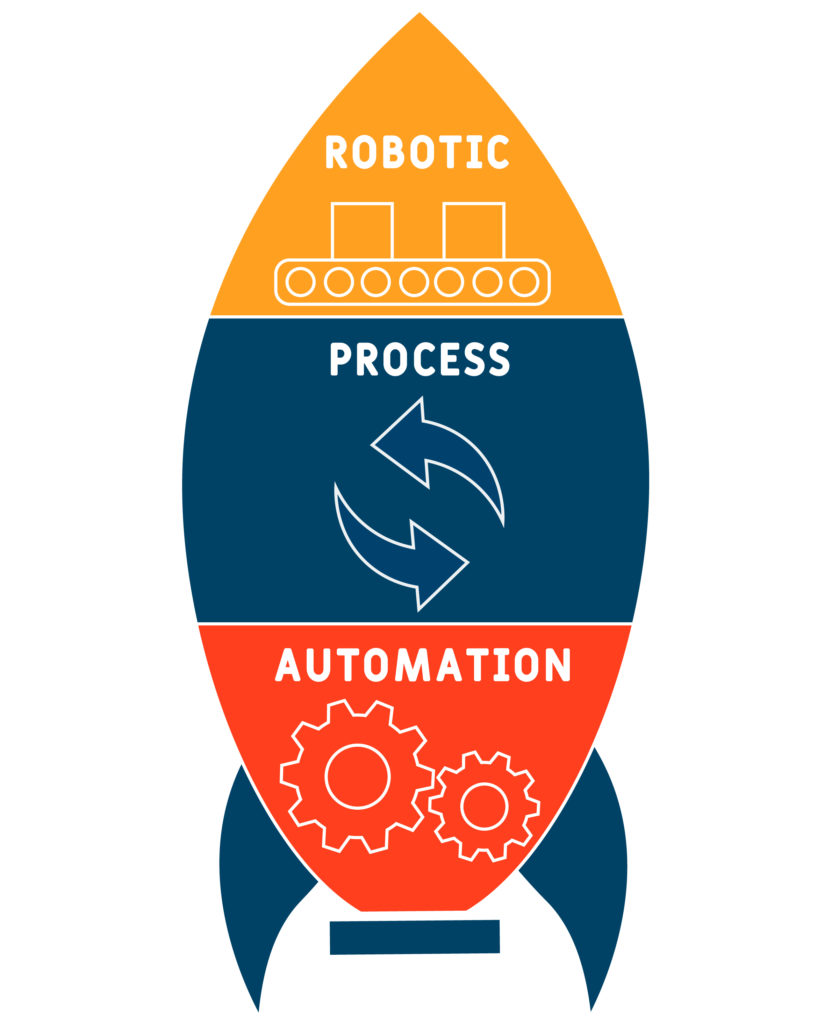Case Study November 30, 2021
Introducing Robotic Process Automation (RPA)
Trexin helped a rapidly growing company pilot RPA to test its ability to reduce costs and scale operations.
Business Driver
Our Client, an innovative full-risk healthcare provider for senior populations, had sustained annual growth exceeding 35% and was planning to further expand by opening 20 new clinics in 5 new cities within the next year. Aware of our Client’s aggressive growth initiatives, Trexin submitted an unsolicited plan to the CTO to introduce robotic process automation, offering a possible solution to leadership’s emerging realization that supporting such rapid growth required more automation of core claims processes to drive cost takeout and operational scalability.
Approach
With a goal to demonstrate 80% process step automation, 55% error rate reduction, and 60% time/cost savings, Trexin applied an 8-week timebox to automate 2 critical care processes using a minimum viable product (MVP) approach. Activities included:
- Conducting an in-depth analysis of 2 core critical business processes and applying a structured approach to drive out process steps and increase automation.
- Capturing detailed, step-by-step video recordings, paired with process show-and-tell sessions, to ensure a thorough understanding of existing processes.
- Running detailed ROI calculations to ensure accurate effort-versus-value balance.
- Recognizing that our Client’s existing automation toolset was unable to perform complex manipulations, resulting in a recommendation to adopt a different RPA technology toolset from market leader UI Path.
- Building highly resilient bots that processed emails, executed complex database scripts, created detailed audit trails, and integrated with ServiceNow, SQL databases, and custom care applications.
- Establishing an RPA center of excellence.

Results
The pilot was a resounding success, exceeding the project goals by fully automating over 90% of process tasks with unattended bots, reducing data errors by 70%, and reducing manual time and resource cost more than 80%. Including the cost of the project itself, the return on investment was projected to be more than $2M over the following year and a half alone, and the CTO said that “without automating (through RPA), my teams would not be able to support the business growth.”

